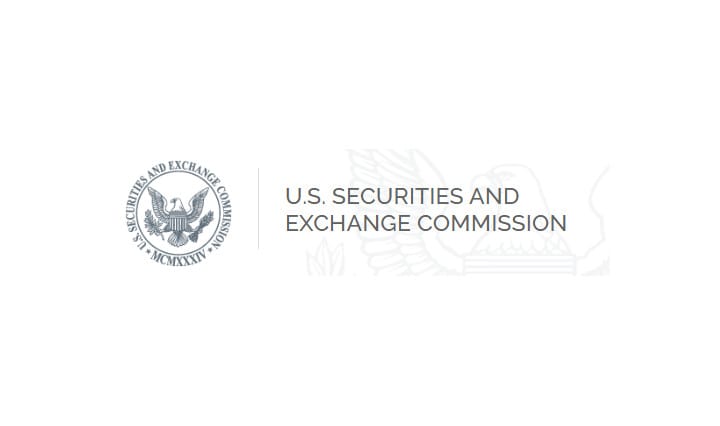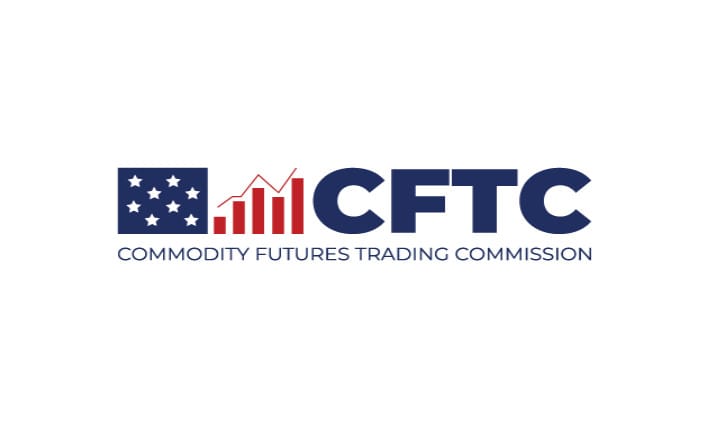Goldman Sachs submits Letter of Acceptance, Waiver, Consent (AWC) for proposing a settlement of the alleged rule violations. From 10/2015 - 4/2018, Goldman mismarked as “long” approximately 60 million short sale orders totaling 14+ billion shares.

OVERVIEW:
- From October 2015 to April 2018, Goldman mismarked as “long” approximately 60 million short sale orders totaling more than 14 billion shares.
- Nearly eight million of those orders, totaling more than a billion shares, were executed.
- Due to the inaccurate “long” mark, 12,335 of the executed orders were executed at or below the national best bid while a short sale circuit breaker was in effect.
- These mismarked orders also caused the firm to submit inaccurate trade reports to FINRA and maintain inaccurate books and records.
- As a result, Goldman violated Rules 200(g) of Regulation SHO, Section 17(a) of the Securities Exchange Act of 1934 and Exchange Act Rule 17a-3, and FINRA Rules 4511, 6182, 6624, and 2010.
- During the relevant period, the firm further violated FINRA Rules 3110 and 2010 by failing to establish and maintain a supervisory system reasonably designed to achieve compliance with Regulation SHO and rules relating to accurate trade reporting and order memoranda.
FACTS AND VIOLATIVE CONDUCT:
Goldman erroneously marked and routed certain sell orders
- Rule 200(g) of Regulation SHO requires broker-dealers to “mark all sell orders of any equity security as ‘long,’ ‘short,’ or ‘short exempt.’”
The broker-dealer selling an equity security may mark an order as “long” only if it is deemed to own the security being sold and either:
- (i) the security to be delivered is in the physical possession or control of the broker or dealer; or
- (ii) it is reasonably expected that the security will be in the physical possession or control of the broker or dealer no later than the settlement of the transaction.
- A violation of Rule 200(g) also constitutes a violation of FINRA Rule 2010.
- From October 2015 to April 2018, Goldman mismarked 59,981,252 short sell orders as long, of which 26,944,700 were sent to an alternative trading system (ATS). These orders represented less than one percent of Goldman’s total principal sell orders during this time period.
- The orders were auto-generated to promptly hedge the Synthetic Product Group’s (SPG) synthetic risk exposure resulting from its execution of equity swap transactions with clients.
- The mismarked orders were caused by Goldman’s implementation of an upgrade to the relevant automated trading software that was intended to simplify this order flow.
- Goldman inadvertently failed to include a single line of code that was designed to copy the long or short mark from a parent sell order and affix it to the instantaneously created child sell order(s) that were routed to the market.
- While the parent orders were accurately marked as short sales and a locate was obtained for each, the child orders did not receive the short sale order mark of the parent order due to the missing line of code.
- The firm immediately fixed this coding error after being notified by FINRA in April 2018. Separately, Goldman misapplied order marking logic to sell orders routed to the firm by a foreign affiliate in a manner that resulted in certain of those orders being inaccurately marked short.
- A sample of six months of data revealed that approximately 670 orders of that foreign affiliate were broken up into child orders with the incorrect short sale indicator and sent to various market centers resulting in 26,377 executions, including 6,176 sent to an ATS.
- Goldman corrected this error after being notified by FINRA in October 2019.
Goldman mismarked and routed 59,981,252 short sale orders as long.
- Of those 59,981,252 orders, 7,866,996 were executed.
- The firm maintained inaccurate memoranda for each of those sales.
- Also, 26,944,700 of the erroneously marked orders were routed to an ATS for execution—resulting in the execution of 2,117,624 orders on an ATS in NMS and OTC securities.
- The firm submitted inaccurate trade reports to FINRA with respect to those 2,117,624 orders.
Goldman failed to establish and maintain a supervisory system reasonably designed to comply with Rule 200(g) and FINRA rules relating to accurate trade reporting and order memoranda:
- Goldman failed to establish and maintain a supervisory system reasonably designed to achieve compliance with Rule 200(g) and rules relating to accurate trade reporting and order memoranda.
- Although Goldman had a report that was designed to surveil for order marking accuracy, that report reviewed the accuracy of the order marks of parent orders, but did not confirm that the proper marking of the parent order carried over to the child orders.
- This deficiency resulted in Goldman’s failure to detect that it had mismarked approximately 60 million short sale orders as long during an approximately 29-month period and the execution of 12,355 short sale transactions for 1,596,375 shares at or below the national best bid while a short sale circuit breaker was in effect. It also resulted in Goldman submitting over two million inaccurate trade reports to FINRA and creating and maintaining over seven million inaccurate order memoranda.
- In May 2019, Goldman enhanced its order marking surveillance report to capture child orders as well as parent orders.
- In September 2019, the firm also added an additional control designed to detect and prevent the routing of inaccurately marked short sale orders (i.e., orders marked long that should be marked short).
Goldman consents to the imposition of the following sanctions:
- Censure
- A total fine of $3,000,000, of which $1,147,500 is payable to FINRA.
TLDRS:
Without admitting or denying the findings, Goldman:
- From October 2015 to April 2018, Goldman mismarked 59,981,252 short sell orders as long, of which 26,944,700 were sent to an alternative trading system (ATS). These orders represented less than one percent of Goldman’s total principal sell orders during this time period.
- Goldman inadvertently failed to include a single line of code that was designed to copy the long or short mark from a parent sell order and affix it to the instantaneously created child sell order(s) that were routed to the market.
- While the parent orders were accurately marked as short sales and a locate was obtained for each, the child orders did not receive the short sale order mark of the parent order due to the missing line of code.
Goldman mismarked and routed 59,981,252 short sale orders as long.
- Of those 59,981,252 orders, 7,866,996 were executed.
Goldman consents to the imposition of the following sanctions:
- Censure
- A total fine of $3,000,000, of which $1,147,500 is payable to FINRA.



